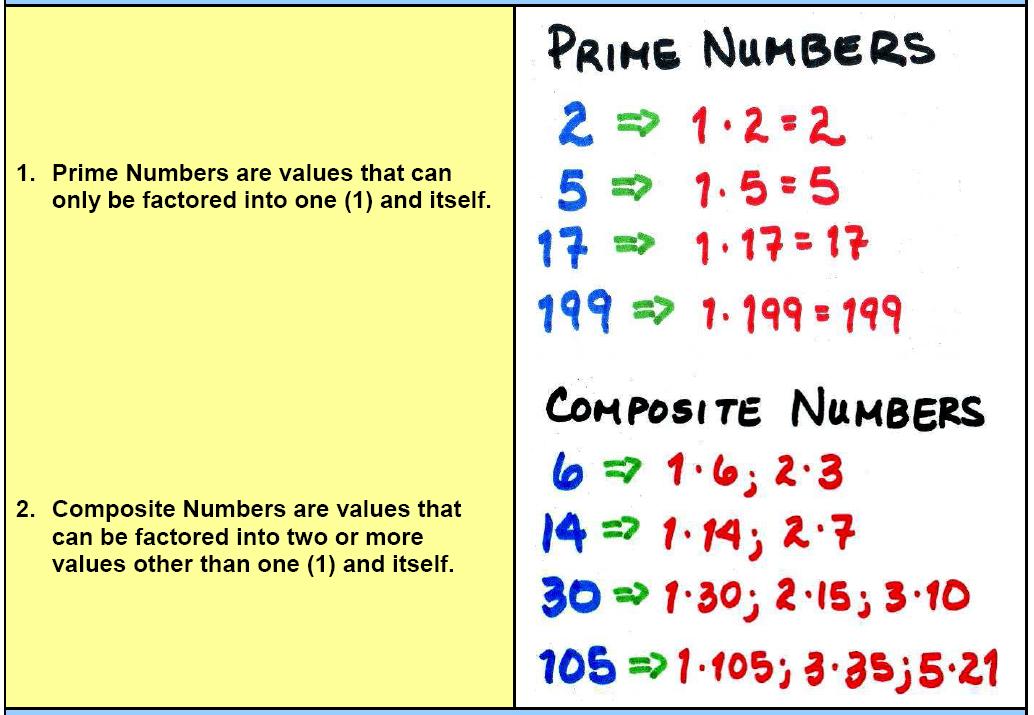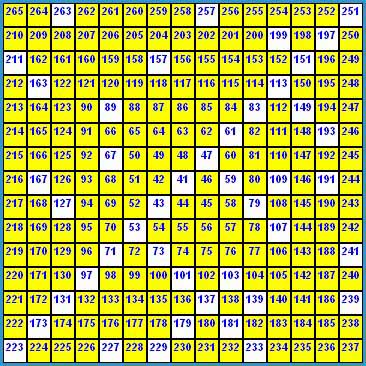
In this article, we will learn about the meaning of composite numbers, their properties, the smallest composite number, types of composite numbers, a list of composite numbers, and many more Since they can be split by more than two integers, any natural numbers that are not prime numbers are composite numbers. The opposite of prime numbers is composite numbers. A number is a prime number if it only has two factors: one and the number itself. Depending on how many factors they have, Natural Numbers can be categorized into two classes. Composite Number Kya Hotey Hain in HindiĬomposite numbers: In mathematics, Composite numbers are those that have more than two factors.Composite Numbers One to 2 Hundred List.Prime and Composite Numbers: Difference.NCERT Solutions Class 10 Social Science.


NCERT Solutions For Statistics Class 11.Example - (311, 313) are twin prime numbers. A pair of prime numbers X and Y are said to be twin prime numbers if the absolute difference between them is 2.It can generate 40 prime numbers for 0 <= n <= 39. Euler discovered a polynomial n 2 + n + 41 that produces prime numbers for values of n that lie between 0 and 39 inclusive.In other words, 100 is a composite number because 100 has more than 2 factors. Yes, since 100 has more than two factors i.e. ☛ Prime Number Calculator Is 100 a Composite Number? Since 100 has more than 2 factors, we can say that 100 is not a prime number. To understand whether 100 is composite or prime, it is important to find its factors.įactors of 100: 1, 2, 4, 5, 10, 20, 25, 50, 100

Since 100 has more than two factors, i.e. For a number to be classified as a prime number, it should have exactly two factors. Let us find out how and why is 100 a prime number or a composite number?

However, numbers like 546 with more than 2 factors are called composite numbers. Numbers like 937 with only 2 factors, i.e. Is 100 a prime number? "No, 100 is not a prime number." A number can be classified as prime or composite depending on the factors it contains it could either have only 2 factors or more than 2 factors.


 0 kommentar(er)
0 kommentar(er)
